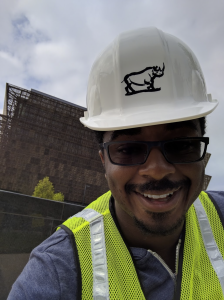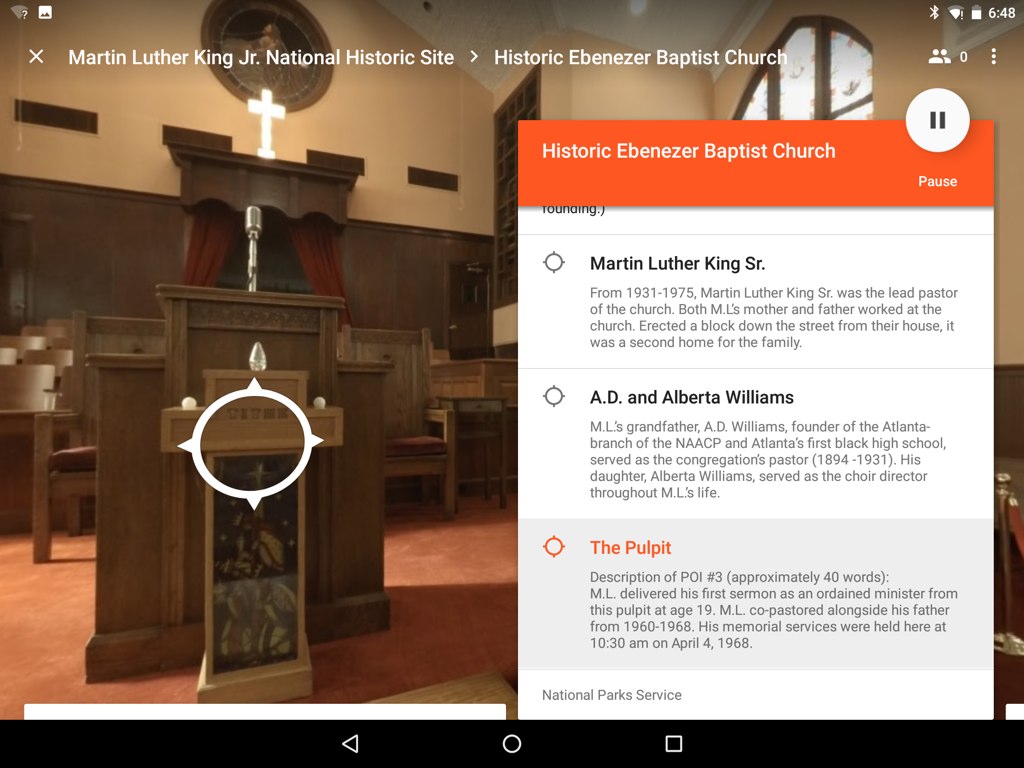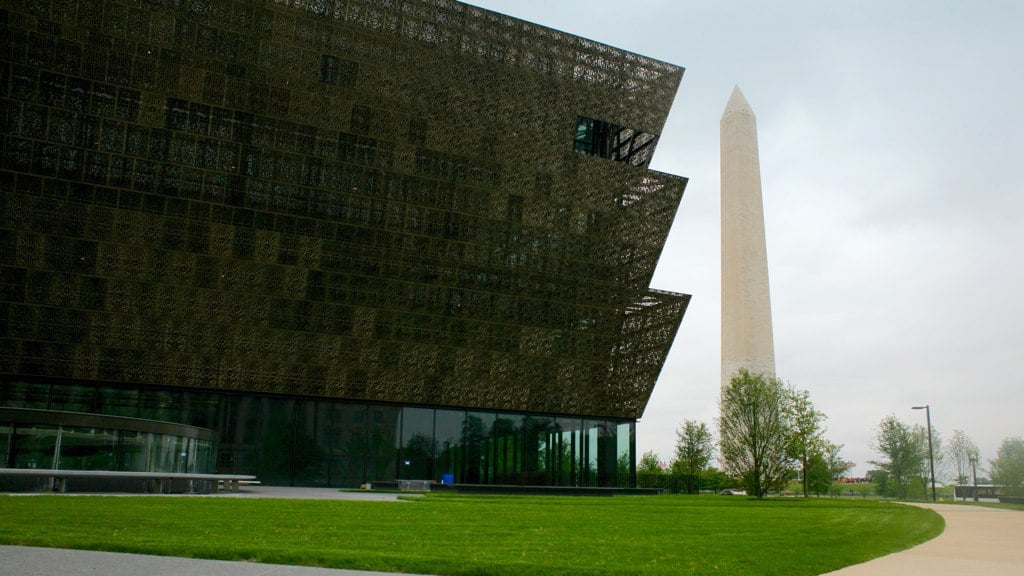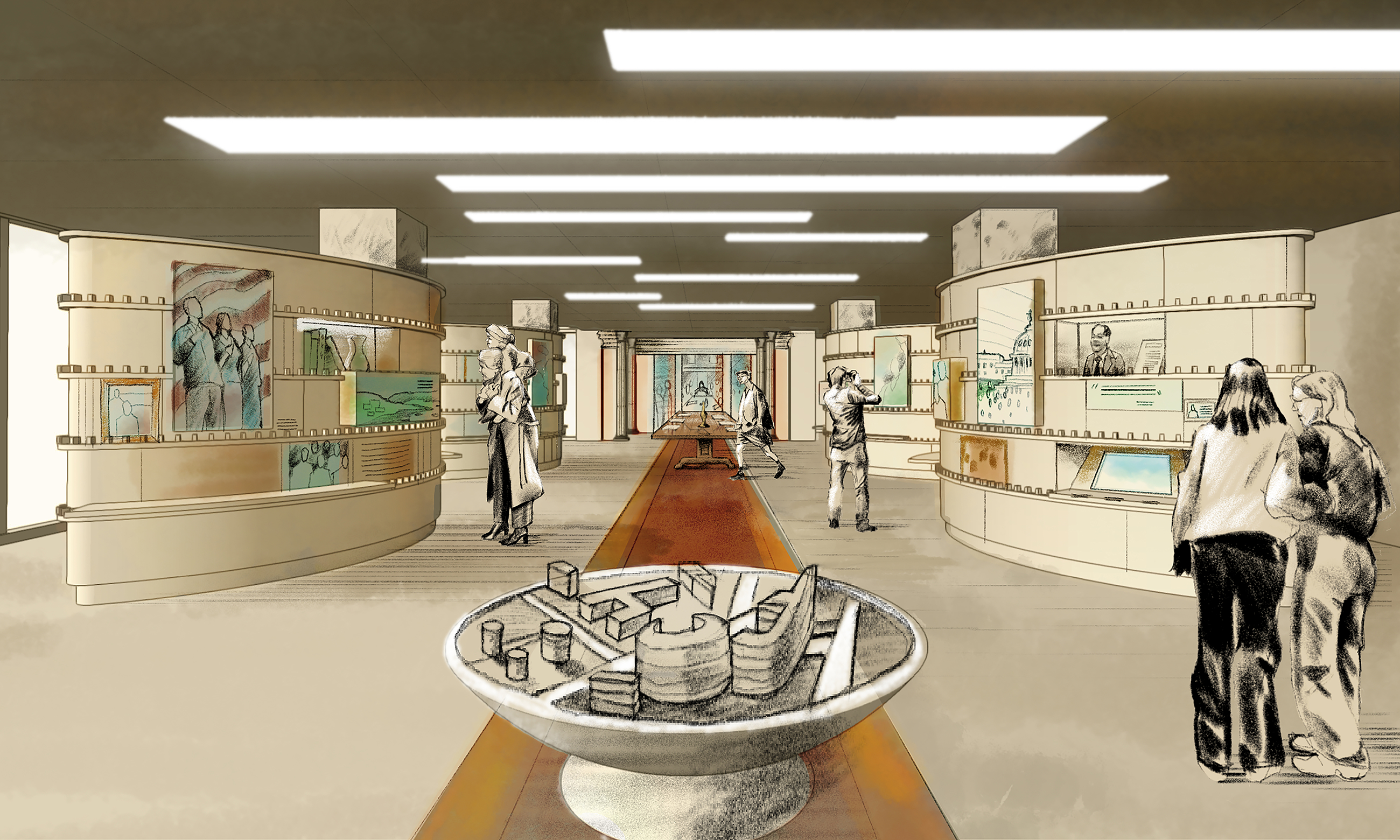When the Smithsonian National Museum of African American History and Culture opens September 24, it will feature an array of multimedia displays, photography, and film. But you’ll have to wait until spring 2017 for a 3-D exhibit developed by Google engineers. Google spokesperson Roya Soleimani says it will be worth the wait.
Soleimani says the exhibit will draw on advanced technology to offer visitors a highly interactive experience. The heart of the exhibit will be a wall of screens displaying artifacts. Visitors will be able to manipulate the artifacts by tapping on four or five tablets.
“You can actually move the artifacts physically and rotate them. You can see 360-degree views,” Soleimani says. “Let’s say there’s a crack on some artifact that has a really interesting history. If it’s just sitting in a display case, it’s much harder to get a sense of that and understand its significance.”
Since the exhibit won’t launch for more than a year, some details are still being ironed out. In particular, the specific artifacts have yet to be selected. But potential artifacts include ceramics and musical instruments.
The exhibit’s location is also still being determined. “It doesn’t have a physical home in the museum yet because they want to see how things go when they open,” Soleimani says. “They want to maximize where this lands.”
The idea for the exhibit was born a couple of years ago, when museum director Lonnie Bunch visited Google’s Silicon Valley campus. Bunch presented his vision for the museum to the Black Googler Network, a group of African American employees.
The presentation struck a chord with Travis McPhail, a member of the Black Googler Network and a senior software engineer. So McPhail decided to form a team of eight engineers who would design a 3-D exhibit for the museum. Within the team, the exhibit would be known by the codename “Project Griot,” after the West African word for “storyteller.”

For McPhail, working on the exhibit had personal significance. He reflected in a recent Google blog post:
“Growing up, my parents were daily reminders of the sacrifices made by earlier generations of Black Americans to give people like me the opportunities they were denied. To this day, their stories propel me to continue the fight for justice…Without some record, those stories and the passion they ignite could get lost. Artworks, artifacts and archives have the power not only to give a story life, but to encourage action and incite change.”
The 3-D exhibit comes alongside other efforts by Google to support the museum. The company’s philanthropic arm, Google.org, gave the museum a $1 million grant. And the company’s virtual reality teaching tool, Google Expeditions, plans on adding two destinations with significance in African American history: the Martin Luther King, Jr. historic site and the route of the freedom march from Montgomery to Selma, Alabama.




















